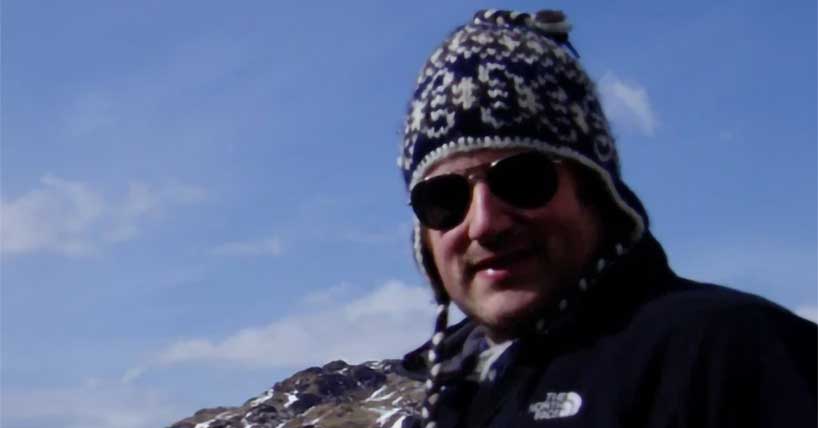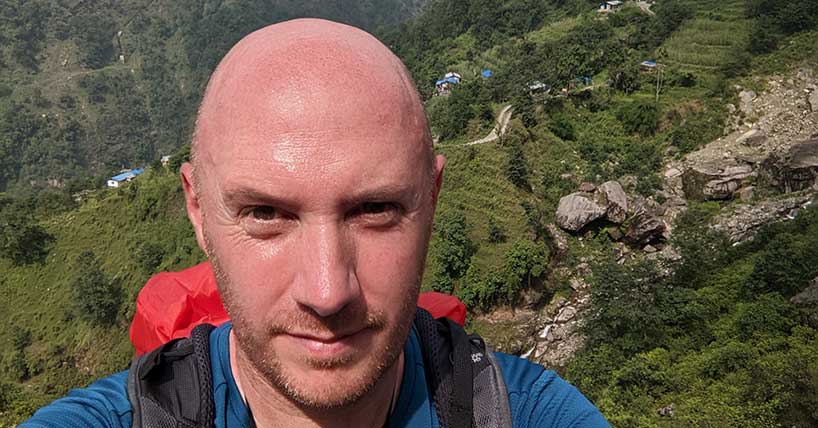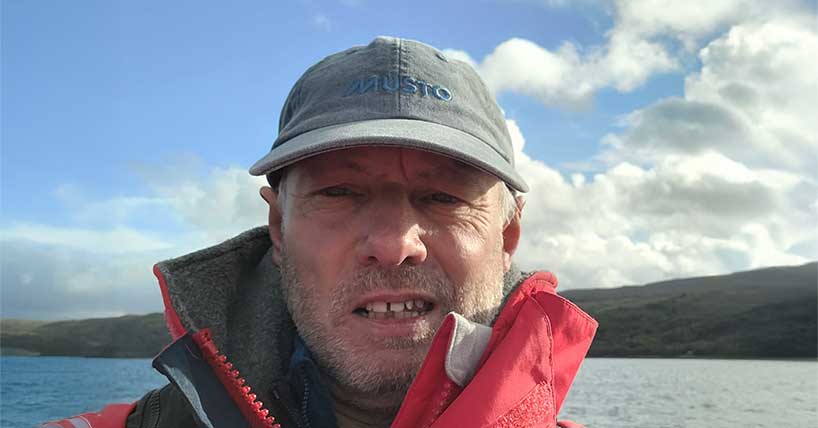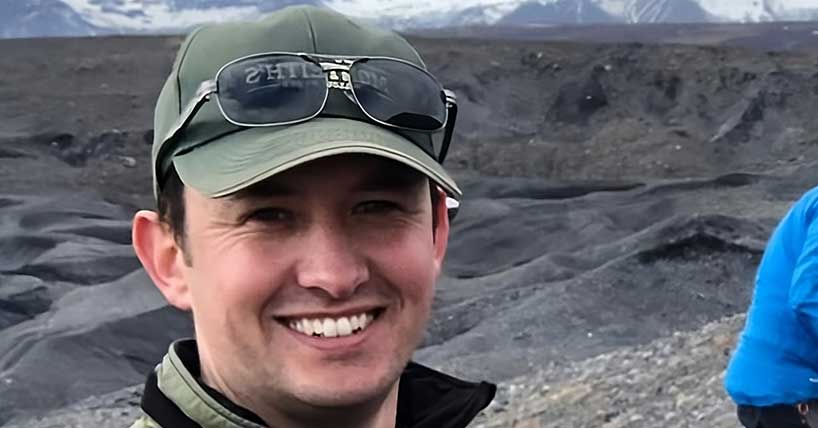Physical Geography
Understanding the processes and mechanisms changing the environments in which we live, to promote more sustainable futures for society.
Overview
Physical Geographers at Newcastle University have been researching our changing environment for over 75 years.
Our work blends cutting-edge field and lab-based science, remote sensing, and Geographical Information Systems (GIS) to better understand the processes governing landscape change, covering; geomorphology, glaciology, environmental change and geohazards.
In doing so, our work advances our ability to mitigate and manage the impacts of a changing climate on societies and ecosystems around the world.
Our research is conducted across four themes:
- Natural hazards
- Changing environments
- Landscape dynamics
- Living environments
We work closely with partners around the world to tackle global environmental issues; from the large deltas of South East Asia, to the colds of Antarctica, the highs of the Andes and the Siberian tundra.
We also work extensively with external organisations across the UK to build a more sustainable environment closer to home, including:
- the Wildfowl and Wetlands Trust
- Ouseburn Catchment Partnership
- Newcastle City Council
- UK Met Office
- British Antarctic Survey
- British Geological Survey and
- the Cabinet Office’s Natural Hazards Partnership
Our Research
Our research themes cover a range of environmental issues around the world. We conduct our research in the field and laboratory using cutting-edge techniques. These are supported by our laboratories and field equipment, managed by our technical staff.
Natural hazards
From floods to landslides, right through to glacial outburst floods, the natural environment poses a risk to communities and livelihoods. By better understanding these hazards, we can help to protect millions of people around the world.
Changing environments
Our work seeks to understand how Earth’s natural environment, including our rivers, coastlines, glaciers and ice sheets, is changing in the face of climate change and other environmental pressures. Understanding how the natural environment responded to climate changes in the past can help us to make more robust predictions about how our environment may change in the future.
Landscape dynamics
By understanding how the processes that shape our landscape work, we can better mitigate and protect communities and ecosystems in a changing world.
Living environments
By understanding how ecosystems respond to environmental change and natural hazards, we can help protect global biodiversity.
Our facilities
Our laboratories offer outstanding facilities for analysis of:
- sediment geochemistry
- paleoecology
- physical characteristics of sediments
- cosmogenic isotope
- organic geochemistry
Additional strategic investment in state-of-the-art fieldwork equipment has been coupled with new investment in sample refrigerated storage (cores, sediments, water samples) tripling our capacity.
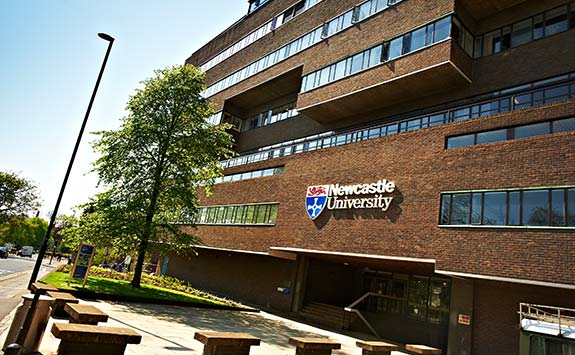
Our staff
Publications
- Hill EA, Carr JR, Stokes CR. A Review of Recent Changes in Major Marine-Terminating Outlet Glaciers in Northern Greenland. Frontiers in Earth Science 2017, 4, 111.
- Carr JR, Bell H, Killick R, Holt T. Exceptional retreat of Novaya Zemlya's marine-terminating outlet glaciers between 2000 and 2013. The Cryosphere 2017, 11(5), 2149-2174.
- Carr JR, Stokes CR, Vieli A. Threefold increase in marine-terminating outlet glacier retreat rates across the Atlantic Arctic: 1992–2010. Annals of Glaciology 2017, Epub ahead of print.
- Kirkham JD, Rosser NJ, Wainwright J, Vann-Jones EC, Dunning SA, Lane VS, Hawthorn DE, Strzelecki MC, Szczucinski W. Drift-dependent changes in iceberg size-frequency distributions. Scientific Reports 2017, 7, 15991.
- Sugden DE, Hein AS, Woodward J, Marrero SM, Rodes A, Dunning SA, Stuart FM, Freeman SPHT, Winter K, Westoby MJ. The million-year evolution of the glacial trimline in the southernmost Ellsworth Mountains, Antarctica. Earth and Planetary Science Letters 2017, 469, 42-52.
- Dufresne A, Dunning SA. Process dependence of grain size distributions in rock avalanche deposits. Landslides 2017, Epub ahead of print.
- Schmidt M, Fuchs M, Henderson ACG, Kossler A, Leng MJ, Mackay AW, Shemang E, Riedel F. Paleolimnological features of a mega-lake phase in the Makgadikgadi Basin (Kalahari, Botswana) during Marine Isotope Stage 5 inferred from diatoms. Journal of Paleolimnology 2017, Epub ahead of print.
- Roberts SJ, Monien P, Foster LC, Loftfield J, Hocking EP, Schnetger B, Pearson EJ, Juggins S, Fretwell P, Ireland L, Ochyra R, Haworth AR, Allen CS, Moreton SG, Davies SJ, Brumsack H-J, Bentley MJ, Hodgson DA. Past penguin colony responses to explosive volcanism on the Antarctic Peninsula. Nature Communications 2017, 8, 14914.
- Oksman M, Weckström K, Miettinen A, Juggins S, Divine DV, Jackson R, Telford R, Korsgaard NJ, Kucera M. Younger Dryas ice margin retreat triggered by ocean surface warming in central-eastern Baffin Bay. Nature Communications 2017, 8, 1017.
- Starkey E, Parkin G, Birkinshaw S, Large A, Quinn P, Gibson C. Demonstrating the value of community-based (‘citizen science’) observations for catchment modelling and characterisation. Journal of Hydrology 2017, 548, 801–817.
- Large, A., Gilvear, D. & Starkey, E. (2017) Ecosystem Service-Based Approaches for Status Assessment of Anthropocene Riverscapes, in: Kelly, J.M., Scarpino, P., Berry, H., Syvitski, J. & Meybeck, M. (eds) Rivers of the Anthropocene, University of California Press.
- Cordier S, Briant B, Bridgland D, Herget J, Maddy D, Mather A, Vandenberghe J. The Fluvial Archives Group: 20 years of research connecting fluvial geomorphology and palaeoenvironments. Quaternary Science Reviews 2017, 166, 1-9.
- Cara M, Van der Woerd J, Alasset PJ, Benjumea J, Mériaux AS. The 1905 Chamonix earthquakes: active tectonics in the Mont Blanc and Aiguilles Rouges massifs. Swiss Journal of Geosciences 2017, epub ahead of print.
- Roberts SJ, Monien P, Foster LC, Loftfield J, Hocking EP, Schnetger B, Pearson EJ, Juggins S, Fretwell P, Ireland L, Ochyra R, Haworth AR, Allen CS, Moreton SG, Davies SJ, Brumsack H-J, Bentley MJ, Hodgson DA. Past penguin colony responses to explosive volcanism on the Antarctic Peninsula. Nature Communications 2017, 8, 14914.
- Perks MT, Warburton J, Bracken L, Reaney SM, Emery SB, Hirst S. Use of spatially distributed time-integrated sediment sampling networks and distributed fine sediment modelling to inform catchment management. Journal of Environmental Management 2017, (e-Pub ahead of print).
- Jeofry H, Ross N, Corr HFJ, Li J, Gogineni P, Siegert MJ. A deep subglacial embayment adjacent to the grounding line of Institute Ice Stream, West Antarctica. Exploration of Subsurface Antarctica: Uncovering Past Changes and Modern Processes. Geological Society, London, Special Publications 2017, 461.
- Paxman GJG, Jamieson SSR, Ferraccioli F, Bentley MJ, Forsberg R, Ross N, Watts AB, Corr HFJ, Jordan TA. Uplift and tilting of the Shackleton Range in East Antarctica driven by glacial erosion and normal faulting. Journal of Geophysical Research: Solid Earth 2017, 122(3), 2390-2408.
- Carrivick JL, Tweed F, Ng F, Quincey D, Malalieu J, Ingeman-Nielsen T, Mikkelsen A, Palmer S, Yde J, Homer R, Russell A, Hubbard A. Ice-Dammed Lake Drainage Evolution at Russell Glacier, West Greenland. Frontiers in Earth Science 2017, 5, 100.
- Heiri O, Tóth M, van Hardenbroek M, Zweifel N. Chironomiden- und Cladocerenfossilien. In: Bleicher, N; Harb, C, ed. Zürich-Parkhaus Opéra. Eine neolithische Feuchtbodenfundstelle. Band 3: Naturwissenschaftliche Analysen und Synthese. Zürich, Germany: Baudirektion Kanton Zürich, Amt für Raumentwicklung, Kantonsarchäologie, 2017, pp.30-50.
- Monteath A, van Hardenbroek M, Davies L, Froese D, Langdon PG, Xu X, Edwards ME. Chronology and glass chemistry of tephra and cryptotephra horizons from lake sediments in northern Alaska, USA. Quaternary Research 2017, 88(2), 169-178.
- Rinta P, Bastviken D, Schilder J, van Hardenbroek M, Stötter T, Heiri O. Higher late summer methane emission from central than northern European lakes. Journal of Limnology 2017, 76(1), 52-67.
- Morlock MA, Schilder J, van Hardenbroek M, Szidat S, Wooller MJ, Heiri O. Seasonality of cladoceran and bryozoan resting stage δ13C values and implications for their use as palaeolimnological indicators of lacustrine carbon cycle dynamics. Journal of Paleolimnology 2017, 57(2), 141-156.
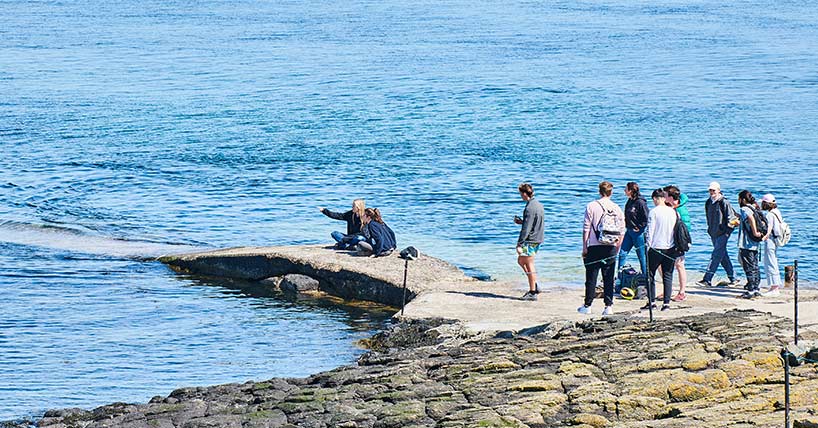
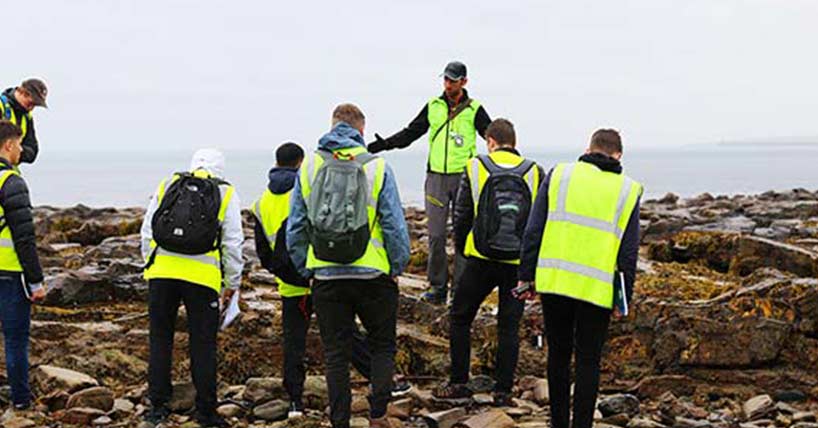
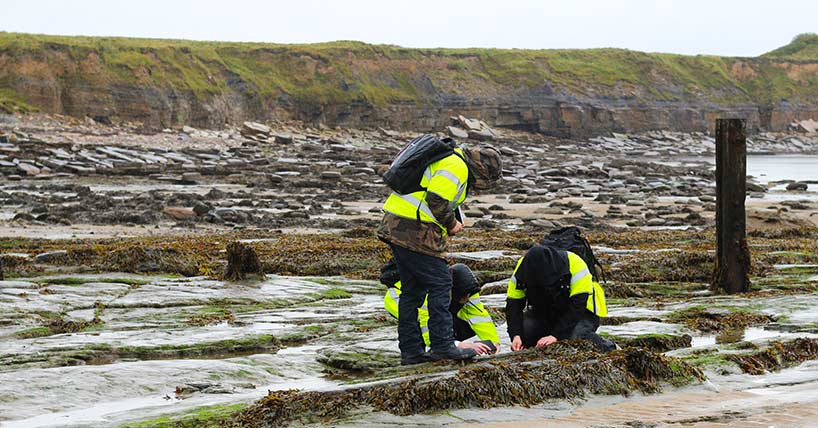
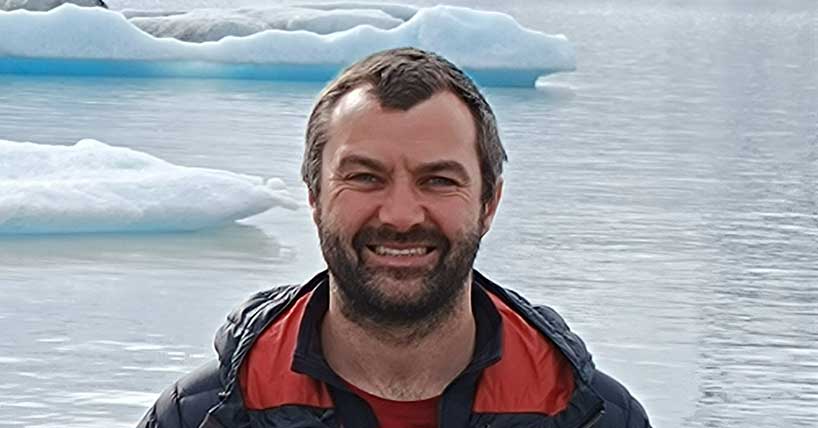
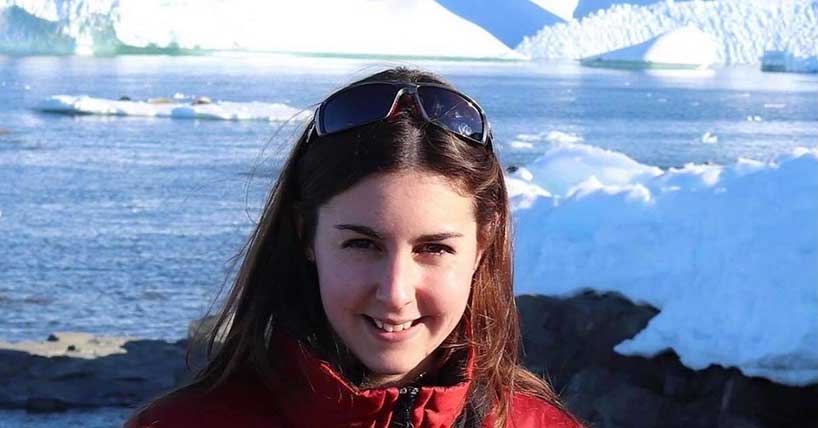




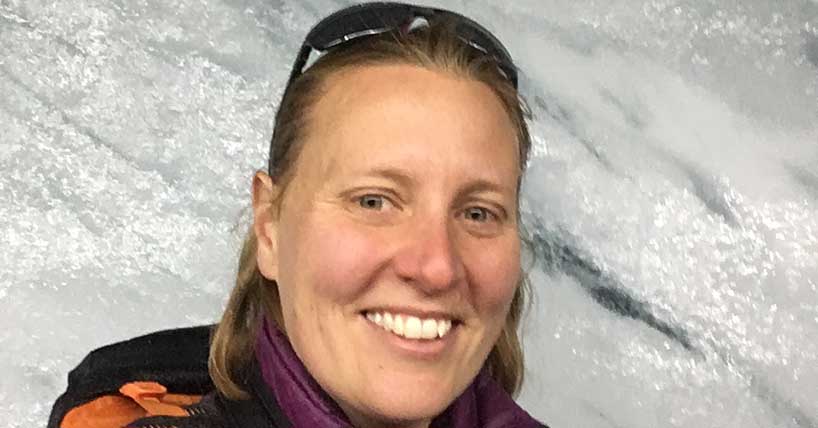
.jpg)

